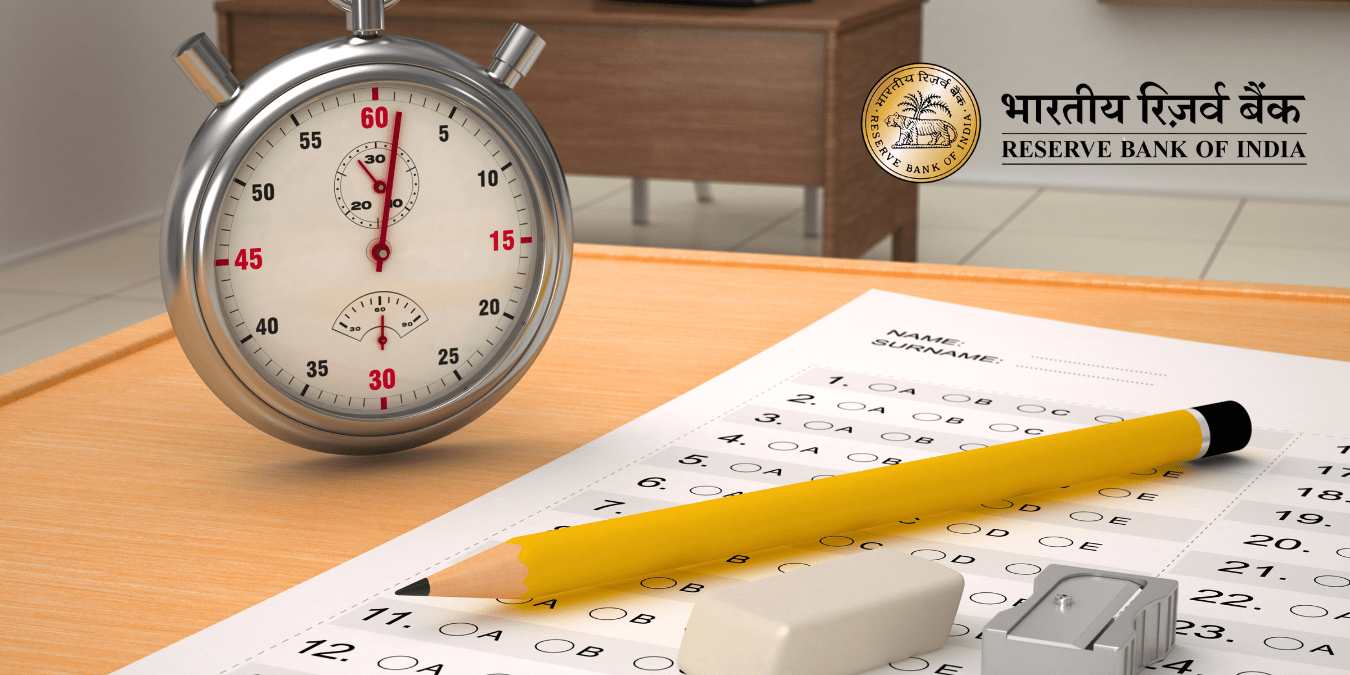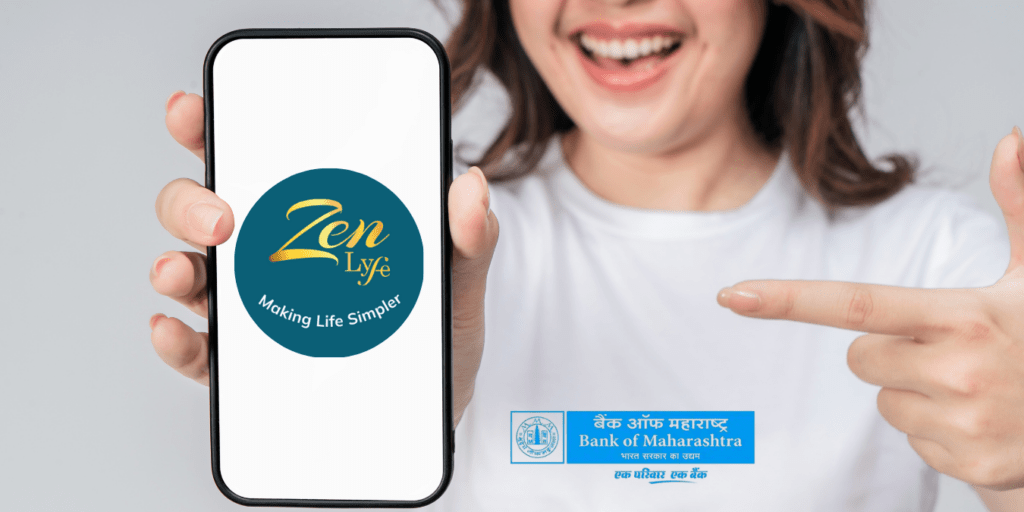
New 1% TCS tax on luxury goods over ₹10 lakh in India! Know how this impacts high-value purchases, compliance rules for buyers, and seller reporting. Stay updated on latest tax changes for luxury spending.
The Indian Income Tax Department has introduced a new tax rule effective from April 22, 2025. As per the latest notifications issued by the Central Board of Direct Taxes (CBDT), a 1% Tax Collected at Source (TCS) will now be levied on the purchase of specified luxury goods priced above Rs 10 lakh. This measure, announced in the Union Budget 2024 and operationalized through the Finance Act, 2024, aims to track high-value discretionary spending while ensuring compliance in the luxury goods sector. In this comprehensive blog post, we’ll dive into the details of this new tax rule, its implications for buyers and sellers, the list of luxury goods affected, and how it fits into India’s broader tax landscape for.
What is the New 1% TCS Rule on Luxury Goods?
The 1% TCS rule mandates that sellers of notified luxury goods collect an additional 1% tax from buyers at the time of sale if the transaction value exceeds Rs 10 lakh. This tax is collected under Section 206C of the Income Tax Act, 1961, and the seller is responsible for depositing it against the buyer’s Permanent Account Number (PAN). Buyers can later claim this TCS as a tax credit when filing their Income Tax Return (ITR), potentially reducing their tax liability or securing a refund if the TCS exceeds their net tax obligation.
The rule, effective from April 22, 2025, was initially proposed to begin on January 1, 2025, as per the Budget 2024 memorandum. However, the CBDT’s notifications (S.O. 1825(E) dated April 22, 2025) clarified that the implementation aligns with the publication date, ensuring immediate applicability. This change targets high net-worth individuals (HNIs) and aims to formalize the luxury goods market, which has seen significant growth in India.
Which Luxury Goods Are Covered Under the 1% TCS Rule?
The CBDT has outlined a comprehensive list of luxury goods subject to the 1% TCS if their sale value exceeds Rs 10 lakh. These include:
- Wristwatches (e.g., Omega, Rolex)
- Luxury Handbags (e.g., Louis Vuitton, Birkin)
- Footwear (e.g., high-end designer shoes)
- High-End Sportswear and Equipment (e.g., golf kits, ski gear)
- Sunglasses (e.g., premium brands)
- Home Theatre Systems
- Art Objects (e.g., paintings, sculptures)
- Antiques
- Collectibles (e.g., coins, stamps)
- Yachts and Boats
- Helicopters
- Horses for Racing or Polo
This list reflects the government’s intent to target discretionary, high-value purchases often associated with luxury lifestyles. For instance, purchasing an Omega watch worth Rs 12 lakh will incur an additional Rs 12,000 as TCS, which the seller collects and deposits with the government.
Why Introduce TCS on Luxury Goods?
The introduction of the 1% TCS on luxury goods serves multiple objectives:
- Tracking High-Value Expenditure: With the rise in luxury goods consumption by HNIs, the government aims to monitor significant discretionary spending to ensure tax compliance and prevent tax evasion.
- Widening the Tax Net: By imposing TCS, the government ensures that high-value transactions are documented, linking them to the buyer’s PAN for better audit trails.
- Promoting Formalization: The luxury goods sector, often involving cash transactions, will see increased formalization as sellers comply with TCS requirements.
- Revenue Generation: While the direct revenue from 1% TCS may be modest, it contributes to the government’s broader goal of enhancing tax collection efficiency.
As noted by Nangia Andersen LLP Tax Partner Sandeep Jhunjhunwala, this measure is expected to strengthen regulatory oversight and improve compliance in the luxury goods market, despite potential transitional challenges.
How Does the TCS Process Work?
Here’s a step-by-step breakdown of how the 1% TCS on luxury goods operates:
- Purchase of Luxury Goods: When a buyer purchases a notified luxury item exceeding Rs 10 lakh (e.g., a Rs 30 lakh yacht), the seller calculates 1% of the sale value (Rs 30,000) as TCS.
- Collection by Seller: The seller collects the TCS from the buyer at the time of payment, in addition to the cost of the goods.
- Deposit to Government: The seller deposits the TCS against the buyer’s PAN with the Income Tax Department, typically within the stipulated quarterly deadlines.
- TCS Certificate: The seller issues a TCS certificate to the buyer, which serves as proof of the tax collected.
- Claiming Credit: The buyer can claim the TCS amount as a tax credit while filing their ITR. If the buyer’s tax liability is lower than the TCS, they can claim a refund.
For example, if a buyer purchases a Birkin bag worth Rs 15 lakh, the seller collects Rs 15,000 as TCS. This amount is credited to the buyer’s PAN, and they can adjust it against their tax liability during ITR filing.
Implications for Buyers
The 1% TCS rule has several implications for buyers of luxury goods:
- Increased Cost: Buyers will face a marginal increase in the upfront cost of luxury goods. For instance, a Rs 20 lakh painting will require an additional Rs 20,000 as TCS.
- Enhanced Documentation: Buyers may need to provide PAN details and undergo stricter Know Your Customer (KYC) processes to facilitate TCS compliance.
- Tax Credit Benefits: The TCS amount can reduce tax liability or result in a refund, making it a recoverable cost for compliant taxpayers.
- Behavioral Shift: Some buyers may reconsider high-value purchases or opt for goods just below the Rs 10 lakh threshold to avoid TCS.
Buyers should ensure they collect the TCS certificate from sellers and verify that the tax is deposited against their PAN to avoid complications during ITR filing.
Implications for Sellers
Sellers of luxury goods face new compliance responsibilities:
- TCS Collection and Deposit: Sellers must integrate TCS collection into their payment processes and deposit the tax with the government on time to avoid penalties.
- Record-Keeping: Accurate records of transactions, buyer PANs, and TCS deposits are essential for compliance and audits.
- Customer Communication: Sellers may need to educate buyers about the TCS, as the additional cost could lead to queries or resistance.
- Operational Challenges: Smaller luxury goods retailers may face initial difficulties in adapting to TCS compliance, requiring investments in accounting systems.
Sellers should also stay updated on any further clarifications from the CBDT regarding the list of luxury goods or procedural requirements.
How Does This Fit into India’s 2025 Tax Landscape?
The 1% TCS on luxury goods is part of a broader set of tax reforms introduced for Financial Year (FY) 2025-26, effective from April 1, 2025. Here are some key changes that complement the TCS rule:
- Revised Income Tax Slabs: Under the New Tax Regime, incomes up to Rs 12 lakh are now tax-exempt, with a standard deduction of Rs 75,000 for salaried individuals, resulting in zero tax liability up to Rs 12.75 lakh. The tax rebate under Section 87A has been increased to Rs 60,000, benefiting middle-class taxpayers.
- TDS and TCS Rationalization: The threshold for TCS on Liberalised Remittance Scheme (LRS) remittances has been raised from Rs 7 lakh to Rs 10 lakh, and Section 206C(1H) (TCS on goods sales above Rs 50 lakh) has been removed to simplify compliance.
- ULIP Taxation: Proceeds from Unit-Linked Insurance Plans (ULIPs) with premiums exceeding Rs 2.5 lakh annually are now taxed as capital gains, aligning with equity-oriented funds.
- Increased Deductions: The deduction limit for employers’ contributions to the National Pension System (NPS) has been raised to 14% of basic salary, and the TDS threshold for senior citizens’ interest income is now Rs 1 lakh.
These reforms reflect the government’s focus on simplifying the tax structure, reducing compliance burdens, and encouraging consumption by leaving more disposable income with taxpayers. The 1% TCS on luxury goods aligns with this strategy by targeting high-value transactions without significantly impacting the middle class.
Practical Tips for Taxpayers
To navigate the 1% TCS rule effectively, consider the following tips:
- Verify Seller Compliance: Ensure the seller provides a TCS certificate and deposits the tax against your PAN. Cross-check this in your Form 26AS before filing ITR.
- Plan High-Value Purchases: If possible, time your luxury goods purchases to optimize tax planning, especially if you expect a lower tax liability in a given year.
- Consult a Tax Professional: For complex transactions or high-value purchases, seek advice from a Chartered Accountant to maximize tax credits and refunds.
- Stay Informed: Monitor CBDT notifications for updates on the luxury goods list or changes in TCS procedures.
TCS Tax Changes in India!
The introduction of a 1% TCS on luxury goods worth over Rs 10 lakh marks a pivotal step in India’s journey toward a more transparent and formalized tax system. Effective from April 22, 2025, this rule targets high-value discretionary spending, ensuring that luxury purchases contribute to the nation’s tax framework. While buyers face a marginal cost increase, the ability to claim TCS as a tax credit offers relief, and sellers must adapt to new compliance requirements. As part of the broader FY 2025-26 tax reforms, this measure underscores the government’s commitment to balancing economic growth with fiscal discipline.
For taxpayers, staying informed about the new tax rules 2025 and leveraging professional advice will be key to navigating this change. Whether you’re eyeing a luxury watch, a designer handbag, or a yacht, understanding the 1% TCS rule will help you make informed financial decisions. Share your thoughts on this new tax rule in the comments below, and subscribe to our blog for the latest updates on income tax, GST, and personal finance in India!
Disclaimer: This blog is for informational purposes only and does not constitute professional tax advice. Consult a qualified tax professional for personalized guidance.
-

Indian Stock Market Trends: PSU Banks Outshine Amid $18B FII Exit Chaos December 18, 2025
-

Axis Bank and Google Pay Redefine Payments: India’s First Fully Digital UPI Credit Card Revolution
-

RBI Opens Applications for 93 Specialist Officer Roles: Your Gateway to a Prestigious Career






























